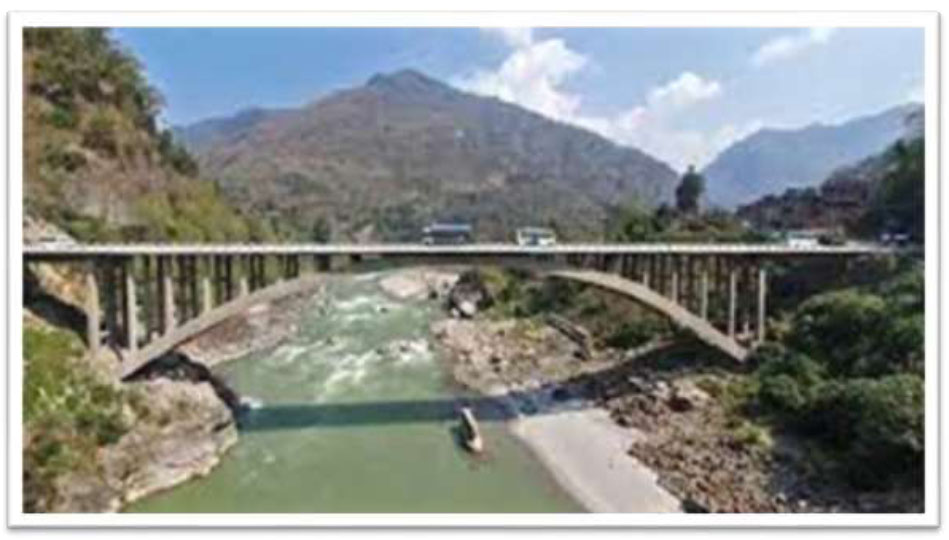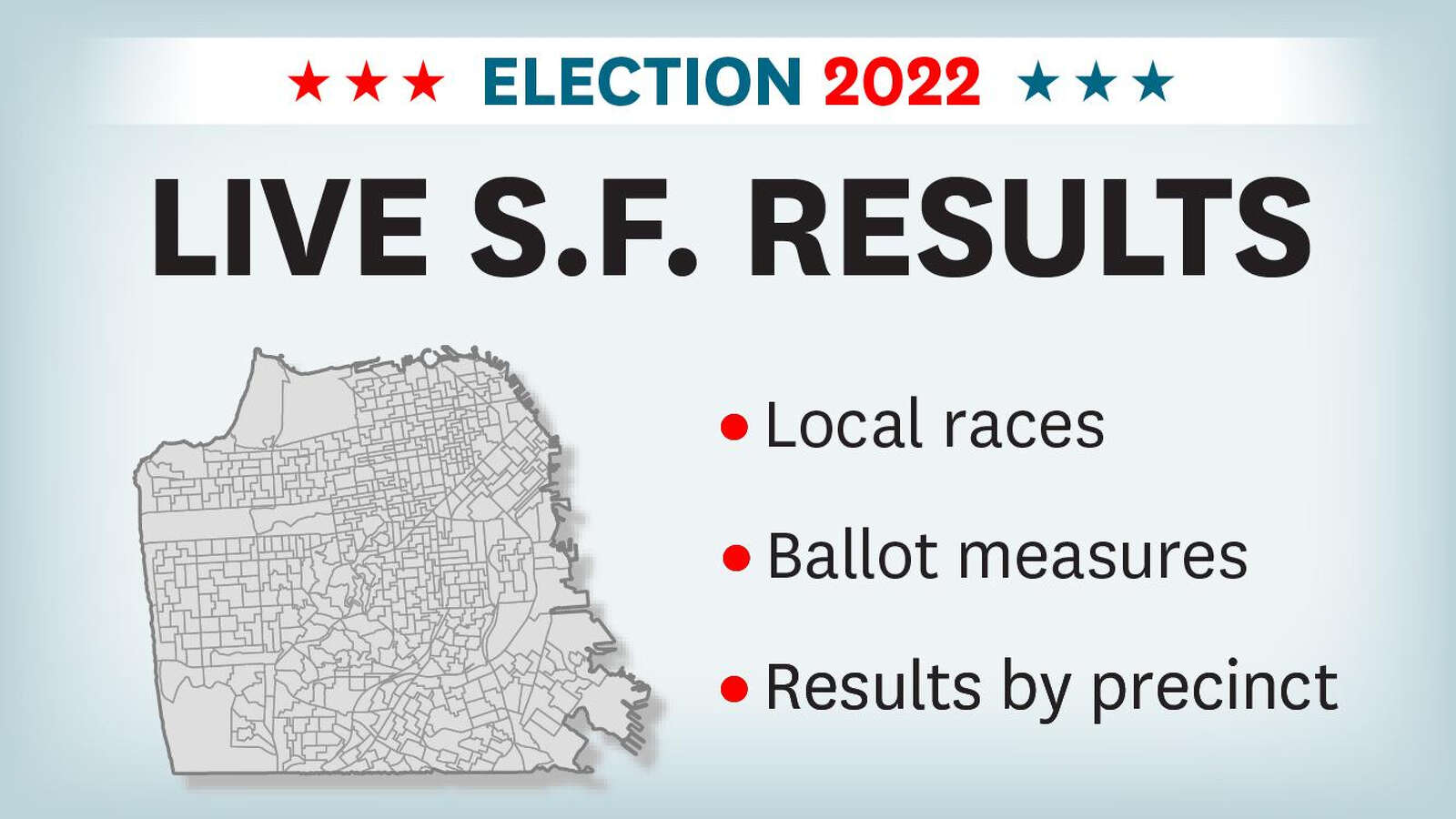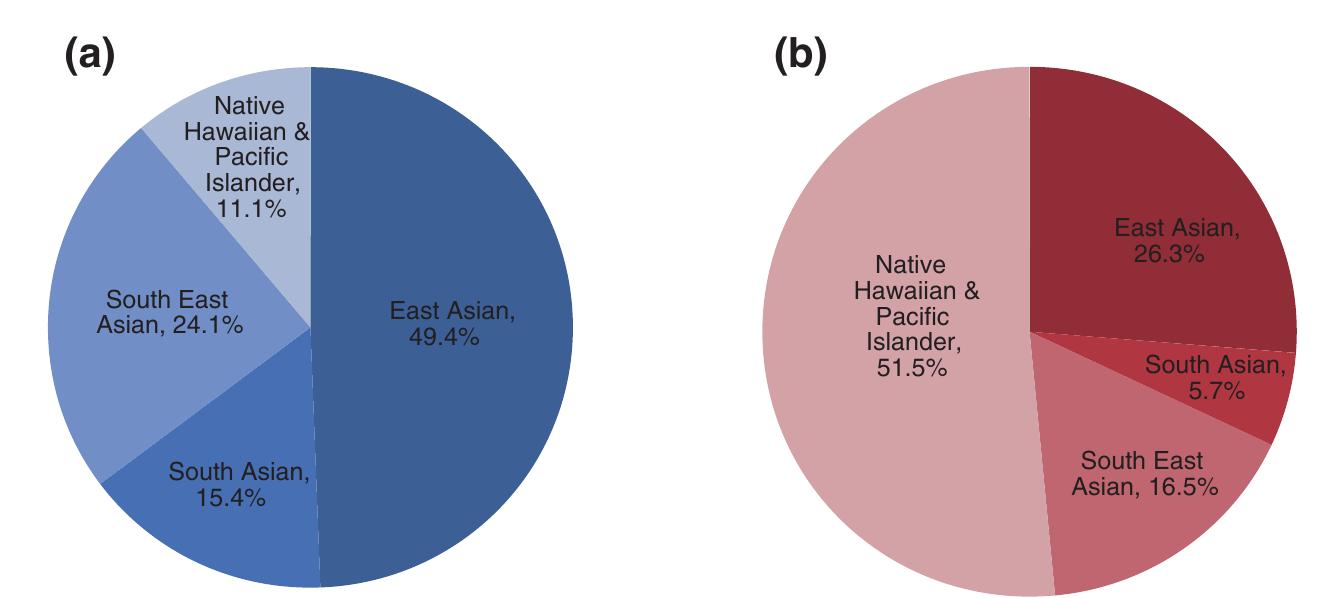Review of UNDRR/ISC Hazard Information Profiles (HIPs) for Disaster Risk Reduction
Three years after their initial release, the United Nations Office for Disaster Risk Reduction (UNDRR) and the International Science Council (ISC) are conducting a review of the UNDRR/ISC Hazard Information Profiles (HIPs) in preparation for the Global Platform in 2025. These HIPs serve as a comprehensive reference on the scope, name, and definitions of hazards relevant to the Sendai Framework for Disaster Risk Reduction.
Importance of the HIPs
The HIPs were recognized as “groundbreaking” in the Report of the Midterm Review of the Sendai Framework in 2023. They continue to provide valuable information to stakeholders across various sectors, including disaster risk reduction planning, monitoring, training, and research. The HIPs are widely utilized by intergovernmental bodies, national governments, disaster management agencies, statistical offices, private sectors, and academic institutions, promoting a comprehensive and unified approach to disaster risk monitoring, recording, and planning.
- The International Organization for Migration (IOM) and the World Health Organization (WHO) have incorporated these profiles into their reference systems and are using them in global training programs.
- UNDRR utilizes these profiles for disaster monitoring, while other stakeholders use them as foundational tools for disaster planning, response efforts, research, and teaching.
Focus on Multi-Hazard Context
In this review cycle, significant emphasis will be placed on the “multi-hazard context” to enhance understanding of the interplay between different hazards. This understanding is crucial as it can lead to cascading, compound, and complex events. The aim is to enable the utilization of the profiles for multi-hazard risk assessment and early warning systems.
Enhancing Machine Actionability
Efforts will be made to leverage the latest advancements in machine learning to make the HIPs more machine-actionable. This will expand their usability and applications in disaster risk reduction.
Steering Group and Technical Teams
Leading this initiative is a steering group chaired by Professor Virginia Murray, consisting of representatives from 18 agencies and institutions involved in disaster risk reduction. The steering group will oversee the review process, with eight dedicated technical teams focusing on specific hazard types proposing revisions to the existing HIPs. Additional groups will concentrate on addressing multi-hazard contexts and enhancing machine actionability. The detailed composition of the Steering Group is available here.
Call for Feedback
A call for users to provide feedback on the reviewed HIPs will be organized later this year before the official launch at the Global Platform for Disaster Risk Reduction in June 2025.
For additional information, please contact Hélène Jacot des Combes, ISC Project Manager.
SDGs, Targets, and Indicators
1. Which SDGs are addressed or connected to the issues highlighted in the article?
- SDG 1: No Poverty
- SDG 3: Good Health and Well-being
- SDG 11: Sustainable Cities and Communities
- SDG 13: Climate Action
- SDG 17: Partnerships for the Goals
The article discusses the United Nations Office for Disaster Risk Reduction (UNDRR) and the International Science Council (ISC) conducting a review of the Hazard Information Profiles (HIPs) in relation to the Sendai Framework for Disaster Risk Reduction. These efforts align with several SDGs, including SDG 1 (No Poverty) as disaster risk reduction is crucial in preventing and reducing poverty caused by disasters. SDG 3 (Good Health and Well-being) is also relevant as disaster risk reduction measures contribute to protecting people’s health and well-being. SDG 11 (Sustainable Cities and Communities) is connected because disaster risk reduction planning and monitoring are essential for creating resilient and sustainable cities. SDG 13 (Climate Action) is addressed as the HIPs help in assessing and managing climate-related hazards. Lastly, SDG 17 (Partnerships for the Goals) is relevant as the UNDRR, ISC, and various stakeholders collaborate to enhance disaster risk reduction efforts.
2. What specific targets under those SDGs can be identified based on the article’s content?
- Target 1.5: By 2030, build the resilience of the poor and those in vulnerable situations and reduce their exposure and vulnerability to climate-related extreme events and other economic, social, and environmental shocks and disasters (SDG 1)
- Target 3.D: Strengthen the capacity of all countries, in particular developing countries, for early warning, risk reduction, and management of national and global health risks (SDG 3)
- Target 11.5: By 2030, significantly reduce the number of deaths and the number of people affected and substantially decrease the direct economic losses relative to global gross domestic product caused by disasters, including water-related disasters, with a focus on protecting the poor and people in vulnerable situations (SDG 11)
- Target 13.1: Strengthen resilience and adaptive capacity to climate-related hazards and natural disasters in all countries (SDG 13)
- Target 17.16: Enhance the global partnership for sustainable development, complemented by multi-stakeholder partnerships that mobilize and share knowledge, expertise, technology, and financial resources to support the achievement of the sustainable development goals in all countries (SDG 17)
The article’s content suggests specific targets under the identified SDGs. Target 1.5 focuses on building resilience among the poor and vulnerable populations to climate-related extreme events and disasters, which aligns with the efforts of the HIPs in disaster risk reduction. Target 3.D emphasizes strengthening countries’ capacity for early warning, risk reduction, and management of health risks, which is relevant to the utilization of HIPs in disaster planning and response efforts. Target 11.5 aims to reduce deaths, affected populations, and economic losses caused by disasters, including water-related disasters, aligning with the purpose of HIPs in disaster risk monitoring and planning. Target 13.1 highlights the need to strengthen resilience and adaptive capacity to climate-related hazards and natural disasters, which is addressed by the HIPs’ assessment and management of climate-related hazards. Target 17.16 emphasizes the importance of partnerships and knowledge-sharing to support the achievement of sustainable development goals, which is evident in the collaboration between UNDRR, ISC, and various stakeholders in reviewing and utilizing the HIPs.
3. Are there any indicators mentioned or implied in the article that can be used to measure progress towards the identified targets?
Yes, there are indicators mentioned or implied in the article that can be used to measure progress towards the identified targets. However, the article does not provide specific indicators. To measure progress towards Target 1.5 (building resilience of the poor and vulnerable), indicators such as the percentage of vulnerable populations with access to early warning systems and the number of people receiving assistance for disaster recovery can be used. For Target 3.D (strengthening capacity for early warning and risk reduction), indicators can include the number of countries with functional early warning systems and the availability of trained personnel for health risk management. Indicators for Target 11.5 (reducing deaths, affected populations, and economic losses) can include the number of deaths and economic losses caused by disasters, as well as the percentage reduction in affected populations. Target 13.1 (strengthening resilience to climate-related hazards) can be measured through indicators such as the implementation of climate change adaptation plans and the reduction in climate-related disaster impacts. Lastly, indicators for Target 17.16 (enhancing partnerships) can include the number of partnerships established for disaster risk reduction and the amount of knowledge and technology shared among stakeholders.
4. SDGs, Targets, and Indicators Table
| SDGs | Targets | Indicators |
|---|---|---|
| SDG 1: No Poverty | Target 1.5: By 2030, build the resilience of the poor and those in vulnerable situations and reduce their exposure and vulnerability to climate-related extreme events and other economic, social, and environmental shocks and disasters | Indicators: Percentage of vulnerable populations with access to early warning systems, number of people receiving assistance for disaster recovery |
| SDG 3: Good Health and Well-being | Target 3.D: Strengthen the capacity of all countries, in particular developing countries, for early warning, risk reduction, and management of national and global health risks | Indicators: Number of countries with functional early warning systems, availability of trained personnel for health risk management |
| SDG 11: Sustainable Cities and Communities | Target 11.5: By 2030, significantly reduce the number of deaths and the number of people affected and substantially decrease the direct economic losses relative to global gross domestic product caused by disasters, including water-related disasters, with a focus on protecting the poor and people in vulnerable situations | Indicators: Number of deaths and economic losses caused by disasters, percentage reduction in affected populations |
| SDG 13: Climate Action | Target 13.1: Strengthen resilience and adaptive capacity to climate-related hazards and natural disasters in all countries |







